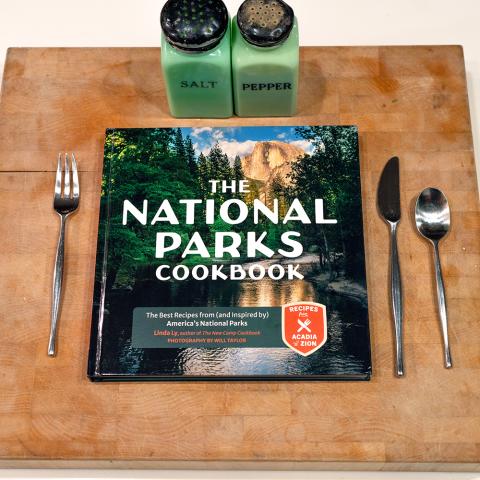Editor's note: This updates with a sow grizzly and cub being held, no bear spray being found at the site, and no sign of other bears.
A sow grizzly and a cub were being held Monday at Yellowstone National Park while tests and an autopsy were being performed on the body of a Montana man killed while hiking through the park.
DNA tests and examination of scat from the sow will hold her fate; if they tie her to Lance Crosby, 63, of Billings, who was killed Friday and partially consumed by a bear, she'll be killed and the park will try to place the cub in a zoo. If there's no connection, she will be fitted with a radio collar and released along with her cub, Yellowstone spokeswoman Amy Bartlett said.
The sow was trapped sometime between late Friday and Saturday morning near the Elephant Back Loop Trail near Lake Village. Her cub was found in the area Monday morning, Ms. Bartlett said.
Mr. Crosby, who had spent five seasons living and working in the park for Medcor, the company that operates three urgent care clinics in Yellowstone, had been out hiking near the trail when he was reported missing after failing to show up for work on Friday. A ranger found his body, which had been partially consumed and cached under forest duff, around noon that day.
Ms. Bartlett said no bear spray was found at the site where the body was recovered. There also was no indication that any other bears were involved, she said.
"From tracks, we were expecting a sow with a cub or cubs," said the spokeswoman.
Park officials said they were not looking forward to having to destroy the sow.
“The decision to euthanize a bear is one that we do not take lightly. As park managers, we are constantly working to strike a balance between the preservation of park resources and the safety of our park visitors and employees,” said Yellowstone Superintendent Dan Wenk. “Our decision is based on the totality of the circumstances in this unfortunate event. Yellowstone has had a grizzly bear management program since 1983. The primary goals of this program are to minimize bear-human interactions, prevent human-caused displacement of bears from prime food sources, and to decrease the risk of bear-caused human injuries.”
The Elephant Back Loop Trail rises through lodgepole forest and circles Elephant Back Mountain, which rises to 8,600 feet just north of Lake Village. In his hiking book on Yellowstone and Grand Teton, Top Trails, Yellowstone & Grand Teton National Parks, Andrew Dean Nystrom wrote that bear activity in the area is possible in spring "due to the proximity to (Yellowstone) lake's spawning streams."
The last mauling in Yellowstone was four years ago, when a Michigan man was killed and partially consumed in August 2011 while hiking on the Mary Mountain Trail. Nearly two months earlier, another visitor was out for an early morning hike with his wife on the Wapita Lake Trail near Canyon Village when he was run down and killed by a sow grizzly that investigators determined was exhibiting normal defensive behavior.




 Support Essential Coverage of Essential Places
Support Essential Coverage of Essential Places







Comments
Please do NOT euthanize! and I surely hope you have the cubs...this is so tragic in so many ways.....
The bear is extremely dangerous and must be destroyed as the article notes.
If it were not for humans this bear and her cub would still be safe and free. Thinking that a visitor management program aimed at minimizing human-bear interactions etc., would do more good than any grizzly bear management program.
Why on earth are they punishing the bear for being a bear? Unless the hiker was incapable of reading he knew that he was hiking in bear country. Eugenics is a beautiful evolutionary process and some lucky grizzly bear was able to participate in the process. Killing a bear because its genetically programmed to kill is pure unadulterated nonsense!
http://news.yahoo.com/grizzly-suspected-death-yellowstone-hiker-trapped-...
The NPS has a terrible record in science based management since the legacy left
during the Craighead Study years when park food waste was not properly handled.
Hunters, poachers, car crashes and the NPS have already destroyed many bears; these trails need to be closed since increasing visitation is negative for many wildlife species. Travel at your Own Risk just like on the Highways. Sow bears protecting
their cubs is no reason to penalize grizzly bears and impact their future survival.
I agree with "Anonymous " comments! ! Sad but I true !!!
As I used to remind my visitors in Yosemite, by far more people die on their way to the national parks than have the privilege of dying in them. Unfortunately, the visitors just don't quite see things that way--or the lawyers who back them up. But yes. It's time to start closing these parks in sequence and giving the wildlife a rest. And since that will never happen (lawyers and contracts again), we see writ large what the 21st century faces if by 2100 there are to be parks at all.
This is precisely why we do not hike alone in Grizzly Country! COME ON PEOPLE!!!